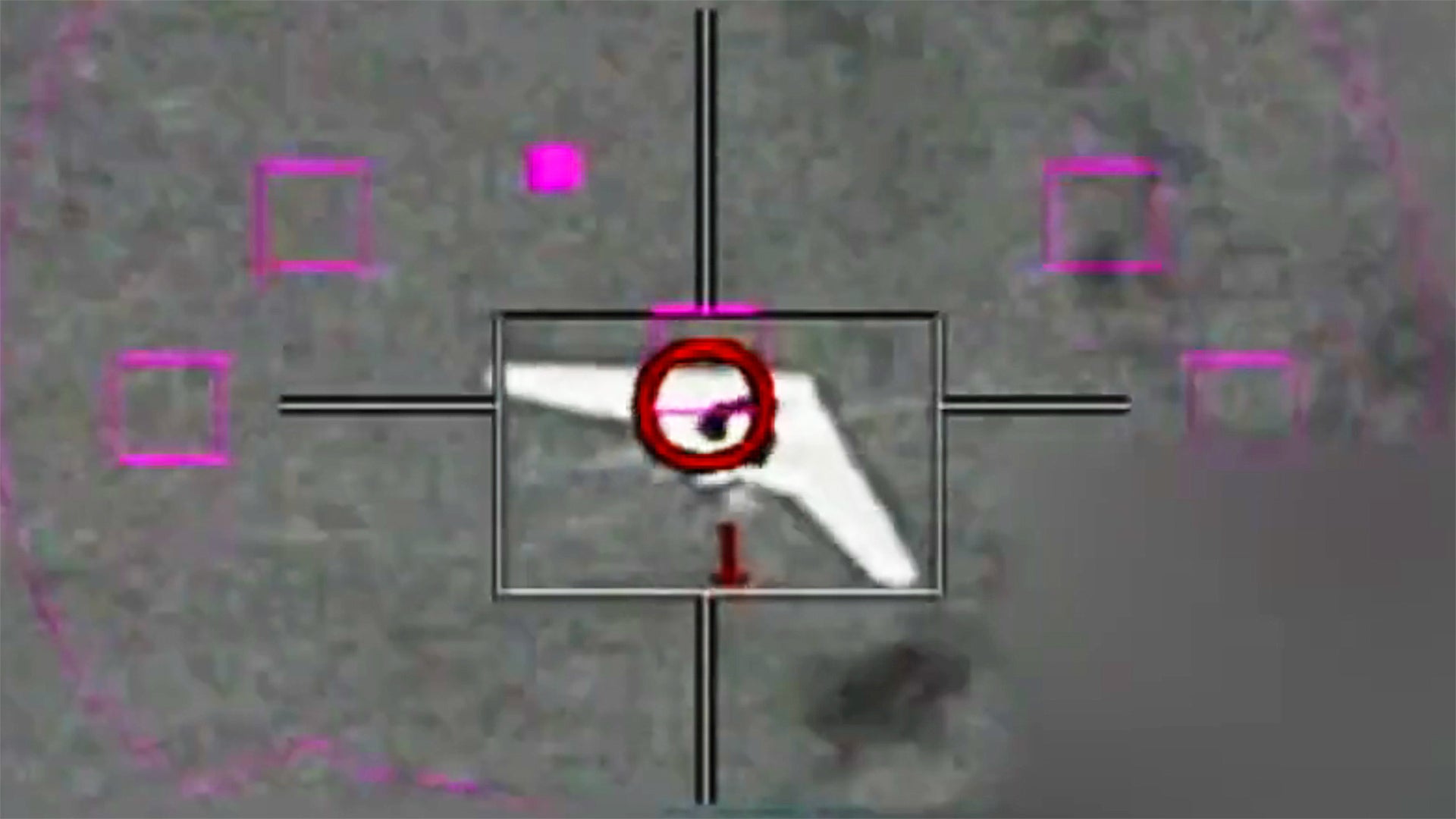Israel has revealed that its F-35I stealth jets have taken part in their first aerial engagements, shooting down at least two Iranian drones that it says were heading toward Israeli territory last year. This is the first time that F-35s operated by any nation have been confirmed as having destroyed airborne threats and it reflects the rapid pace with which Israel has expanded the use of these sophisticated jets — known locally as ‘Adir’ or ‘mighty one’ — in combat operations. The incident also underscores the continued mismatch between expensive high-end fighters and their missile armament, as well as other air defense systems, and the relatively low-cost but proliferating drone threat, especially in the Middle East.
The Israel Defense Forces (IDF) have also released the following video, showing one of the drones being engaged, from the perspective of an F-35I. While unclear if taken from the jet’s Electro-Optical Targeting System (EOTS) or the helmet-mounted display, this is the first time we have seen an F-35 taking part in an aerial engagement of this kind.
While the incident itself happened in March of last year, details of the engagement were only made public yesterday by the IDF. According to their account, Israeli Air Force (IAF) F-35Is intercepted two Iranian drones “on their way to Israel,” shooting them down at “a great distance from Israel.”
Where exactly the drones were shot down is unclear, but the IDF stated that the interception was carried out “in coordination with neighboring countries, thus preventing intrusion [of the drones] into Israel.” This could suggest that the drones were launched from Iraqi or Syrian territory by Iranian proxies and were then engaged once over Jordan, something the IDF has said has happened before.
Reports indicate that while two of the drones were shot down by the F-35Is, a third was brought down using some kind of electronic warfare system. The three drones are all said to have been tracked during their flights by ground-based Israeli surveillance systems.
The drones themselves were carrying firearms to the Gaza Strip, according to the IDF, and these weapons were presumably intended for delivery to the militant wing of the Palestinian group Hamas, which is based there and which has received significant support from Tehran in the past.
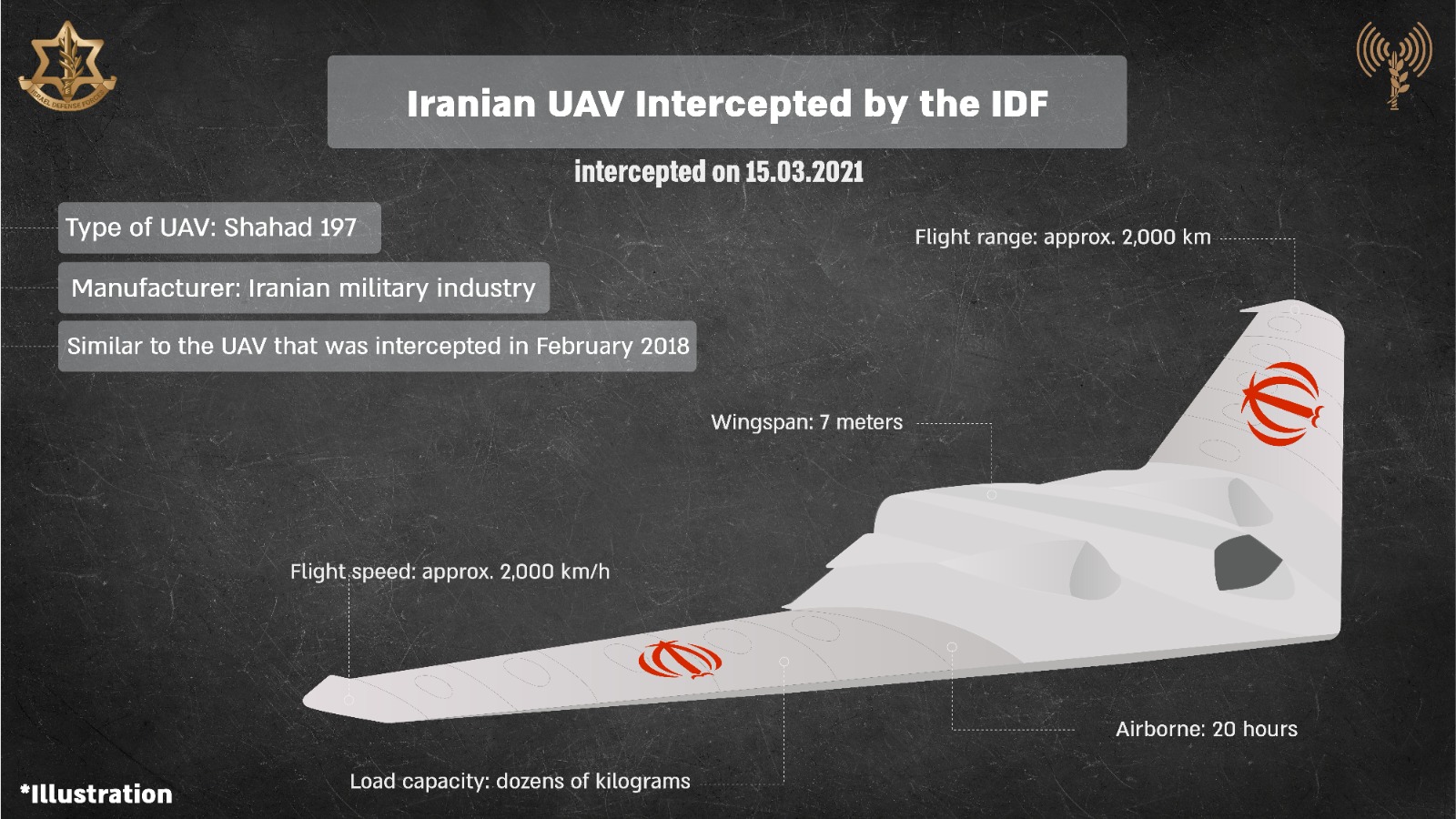
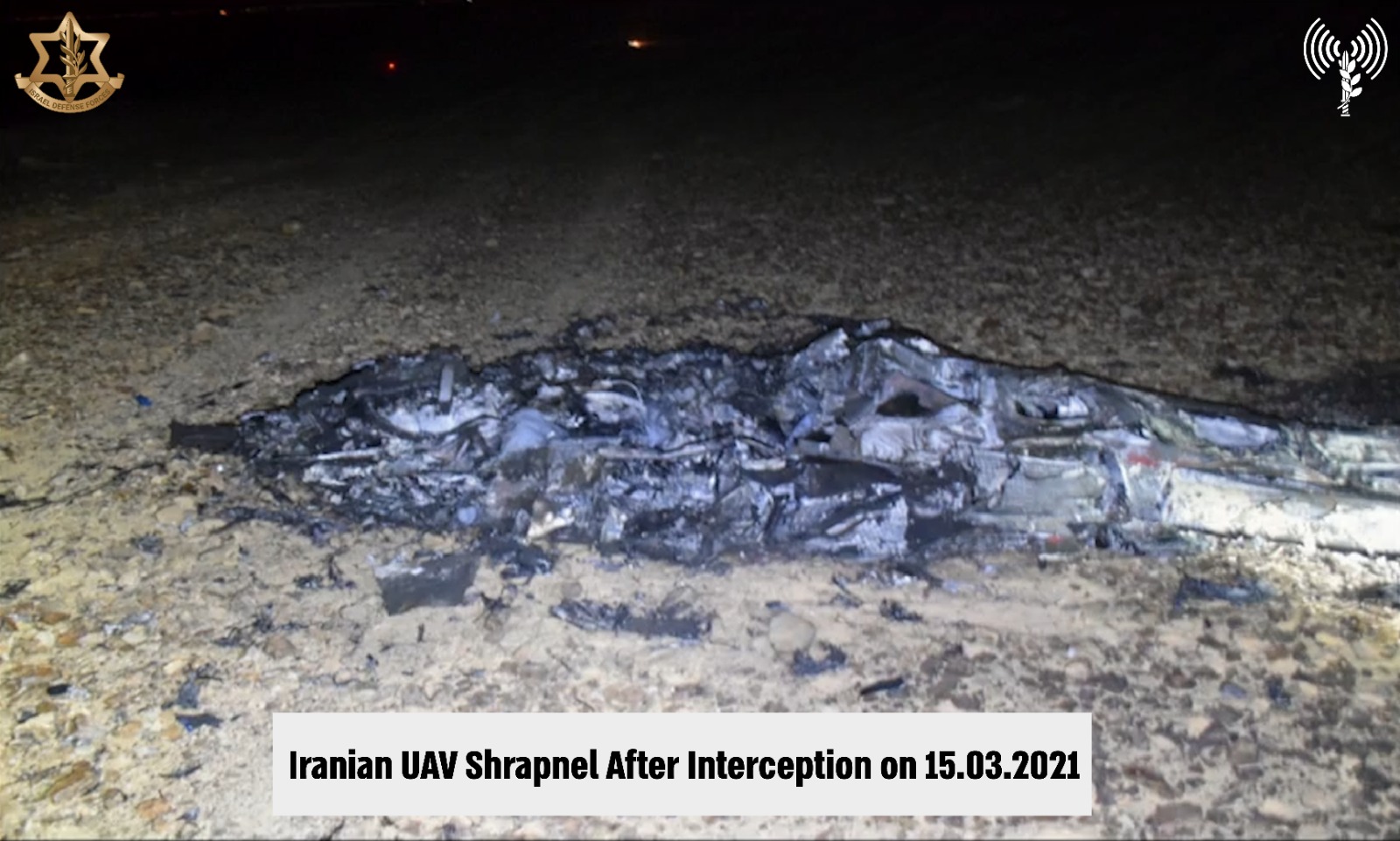
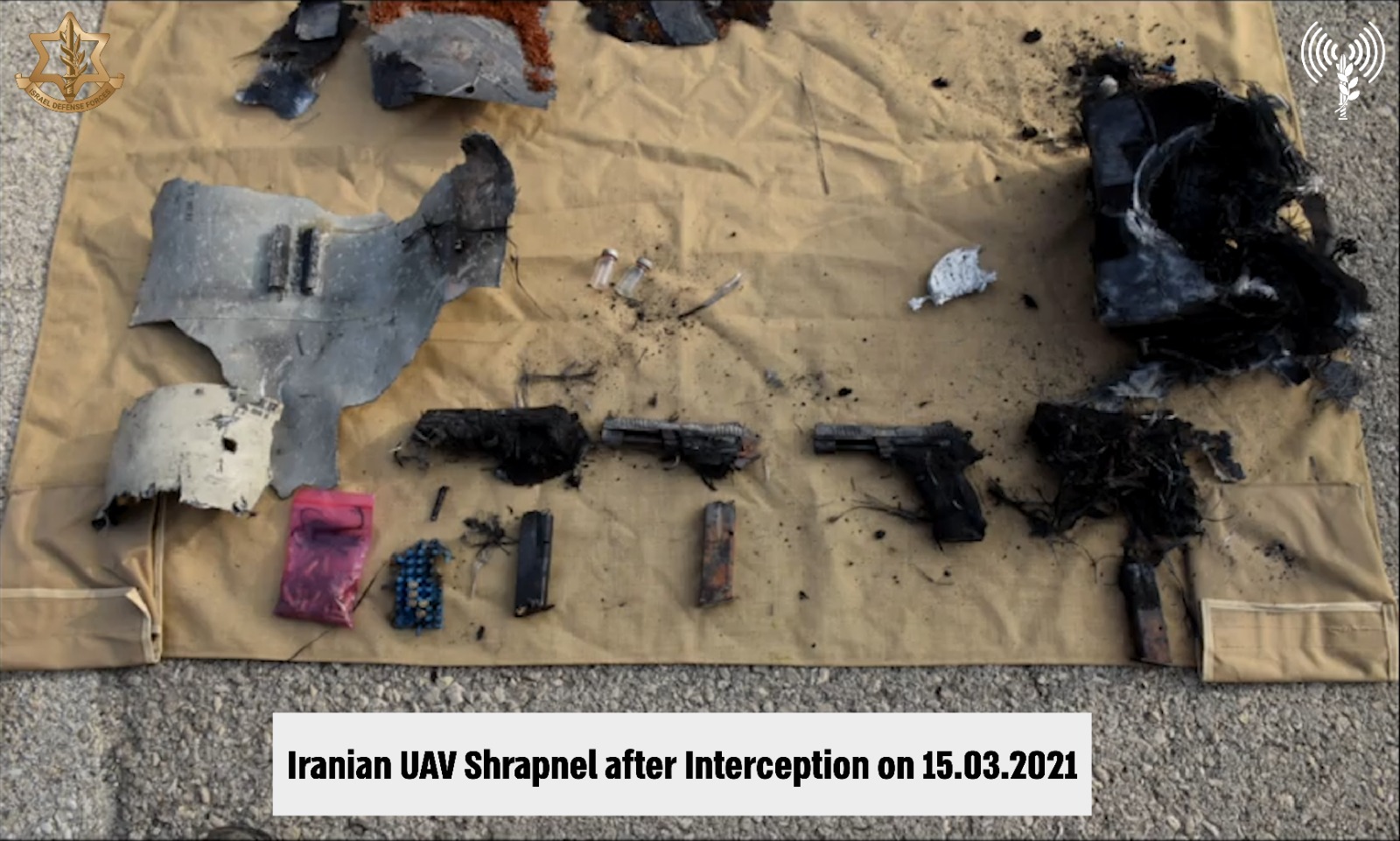
The IDF has described the drone as the Shahed-197, although that is not a designation that has previously been publicized. The limited available evidence from the video suggests that the drone type is at least related to the Shahed-161 family of flying-wing unmanned aerial vehicles. These are Iranian designs that were inspired by the U.S. RQ-170 Sentinel, but which are much smaller and typically propeller-driven, as the drone in the video appears to be.
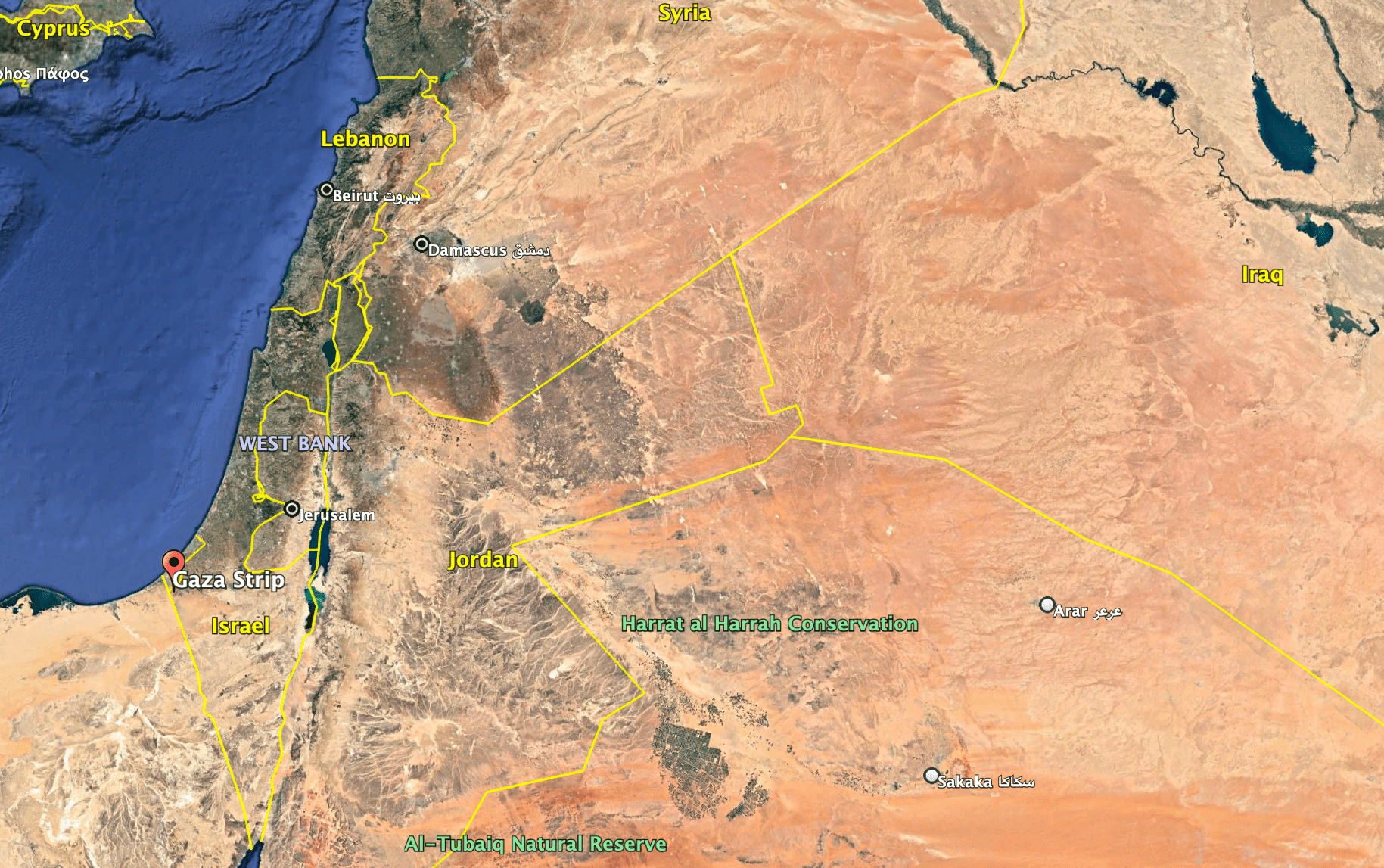
Following the announcement, the Israeli Minister of Defense Benny Gantz said: “We must reiterate the warning that Iranian aggression, whether it emanates from Iranian territory or through Iranian proxies — is a threat to global peace and to regional stability, as well as a threat to the state of Israel.”

Reports in the Israeli media suggest that the drones had been sent by Iran as part of an effort to establish a new weapons supply route to Gaza using unmanned vehicles, although it’s not immediately clear if this tactic has also successfully put arms in the hands of the militants.
Two months after the reported shoot-downs, Israel launched Operation Guardian of the Walls, a campaign directed against Hamas infrastructure in the Gaza Strip.
That conflict included Hamas itself launching a number of unmanned aircraft at Israel, including examples of a new ‘suicide drone’ known as Shehab, which you can read more about here. However, Israel also shot down what it described as an Iranian “armed drone,” thought to be launched from Iraq or Syria, and downed close to Israel’s border with Jordan.
Meanwhile, back in February 2018, Iranian forces in Syria launched another armed drone into Israeli territory, which Prime Minister Benjamin Netanyahu and other officials later said had been on a strike mission. That drone was downed by an IAF AH-64 Apache attack helicopter but the incident touched off a burst of counter-strikes that left one IAF F-16I fighter destroyed and one of its F-15s damaged.
An Iranian drone shot down by an Israeli AH-64 Apache in February 2018:

In these previous incidents, however, the Iranian drones were themselves armed and were intended to strike Israeli targets, rather than being used to deliver consignments of weapons for use by Hamas on the ground.
Exactly why the F-35I drone kills have been publicized now is unclear, but it may well be connected with nuclear talks with Iran that are currently underway in Vienna and which could see the lifting of many sanctions imposed on the regime in Tehran.
At the same time, the potential threat posed by Iranian drones has come into sharper focus of late, due to the incidents outlined above, as well as the use of unmanned vehicles to attack other Israeli-related objectives in the region. That includes the fatal drone attack on the Liberian-flagged, Israeli-operated tanker M/T Mercer Street off the coast of Oman last July. U.S. Central Command determined that “Iran was actively involved” in that attack.
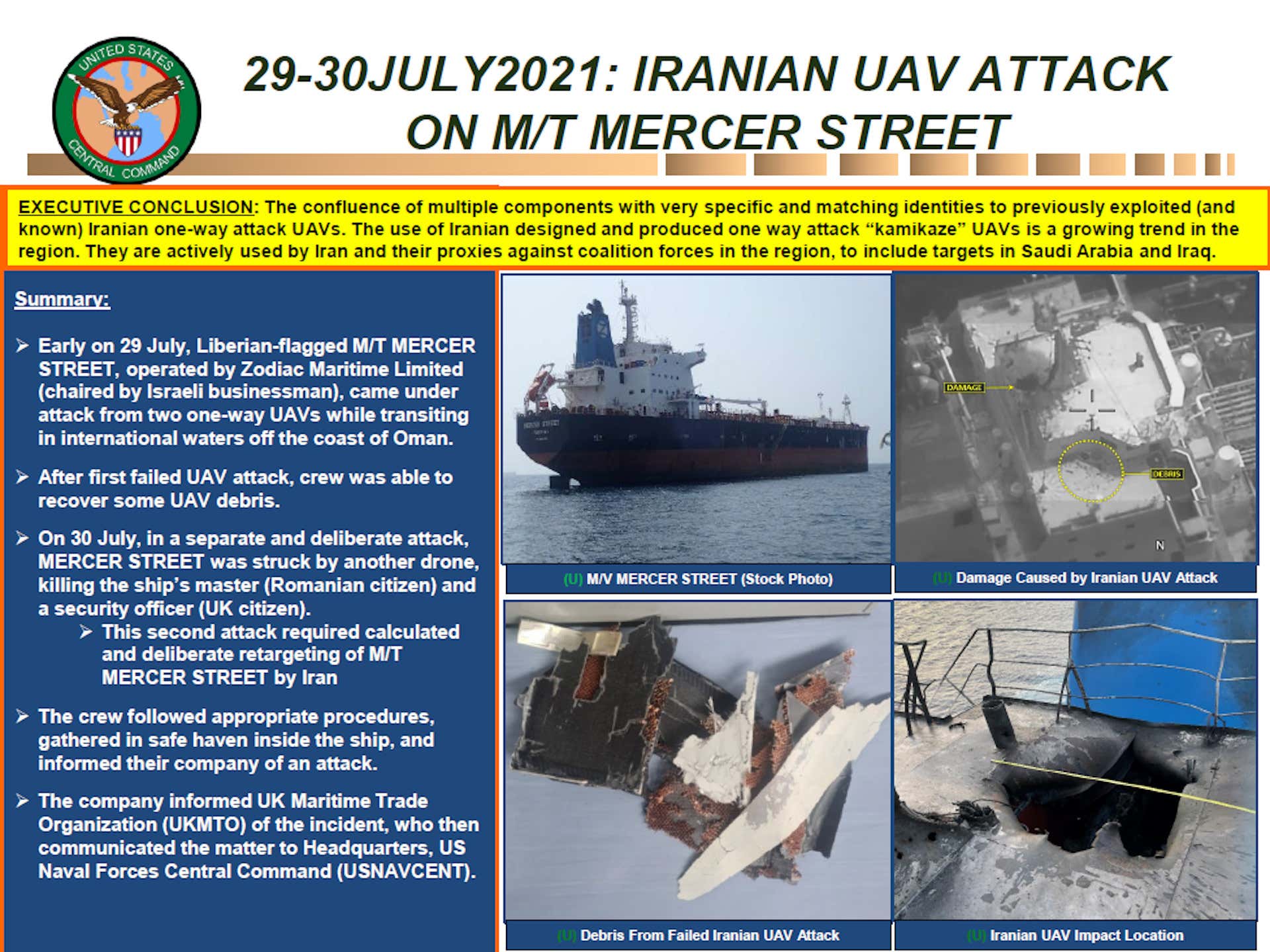
Clearly, small unmanned aircraft pose an ever-increasing threat, especially in the Middle East. It’s once again notable, however, that the region’s armed forces are using high-end weapons to target what are, for the most part, relatively low-cost drones.
Even for Israel, which boasts the most comprehensive air defense systems in the world, including various anti-drone capabilities, engaging small unmanned aerial vehicles is not always straightforward. In one incident last month, the Lebanon-based Hezbollah militia group claimed responsibility for launching a Hassan drone into Israel that evaded Israeli air defenses before returning to Lebanon. The IDF attempted unsuccessfully to engage it using an Iron Dome interceptor missile and also scrambled fighter jets.
There have also been recent reports that Israel is looking to work increasingly closely with some of its neighbors to address the threat posed by drones and cruise missiles launched by Iran and its proxies. Israel is said to be working on a corresponding arrangement in the wake of high-profile attacks on Saudi Arabia and the United Arab Emirates, although how far advanced these plans are, and how they would be put into action in an operational context are less clear.
A Royal Saudi Air Force F-15 shoots down a Houthi drone:

In the past, we have looked at how Saudi Arabia has used AIM-120 Advanced Medium-Range Air-to-Air Missiles, or AMRAAMs, to tackle the threat posed by drones operated by the Houthi militia. The U.S. Air Force can expect to pay around $1 million for a single AIM-120C round and, on top of that, other costs such as aircraft acquisition, maintenance, training, and basic running costs all need to be factored in. These represent a significant outlay for Saudi Arabia, which, by late last year, was facing almost a dozen ballistic missile and drone strikes each week.
While we don’t know what weapons were used by the Israeli F-35Is to down the two Iranian drones, these jets are similarly armed with AMRAAMs, as well as short-range AIM-9X Sidewinder missiles, each of which costs the U.S. Air Force around $475,000. However, the limited thermal signature of small drones means an infrared-guided missile like an AIM-9 is often considered a less reliable means of scoring a kill compared to a radar-guided weapon like the AIM-120.
As for the F-35I, it has now added apparent success in aerial combat to its Israeli combat record — albeit against opposition that was never going to be able to fire back. The incident does, however, suggest that the IAF is now increasingly willing to use its stealth jets for aerial engagements as well as striking ground targets. Israel has been at the forefront of putting the F-35 into action, announcing in May 2018 that it had become the first operator to use the jet on offensive operations.

Israel is currently buying 50 F-35I models and may add 25 more. These will incorporate an increasing proportion of Israeli-made technology and weapons. With long-expected follow-on orders for advanced F-15 jets yet to materialize, it’s likely that the F-35I will be very much at the forefront of Israeli airpower for decades to come. As well as its status as a unique stealthy strike asset able to hit high-priority targets beyond its borders, the incident recorded last March indicates that the high-end jets will also be called upon to shoot down drones threatening Israeli territory, too.
Contact the author: thomas@thedrive.com
